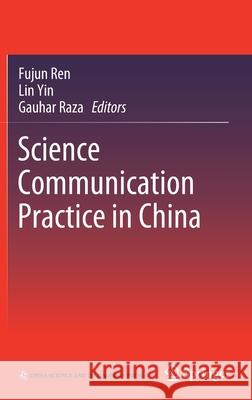Science Communication Practice in China » książka
topmenu
Science Communication Practice in China
ISBN-13: 9789811632020 / Angielski / Twarda / 2021 / 380 str.
Science Communication Practice in China
ISBN-13: 9789811632020 / Angielski / Twarda / 2021 / 380 str.
cena 564,88
(netto: 537,98 VAT: 5%)
Najniższa cena z 30 dni: 539,74
(netto: 537,98 VAT: 5%)
Najniższa cena z 30 dni: 539,74
Termin realizacji zamówienia:
ok. 22 dni roboczych
Bez gwarancji dostawy przed świętami
ok. 22 dni roboczych
Bez gwarancji dostawy przed świętami
Darmowa dostawa!
Kategorie:
Kategorie BISAC:
Wydawca:
Springer
Język:
Angielski
ISBN-13:
9789811632020
Rok wydania:
2021
Wydanie:
2021
Ilość stron:
380
Waga:
0.66 kg
Wymiary:
23.39 x 15.6 x 2.06
Oprawa:
Twarda
Wolumenów:
01











